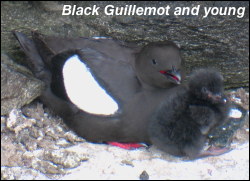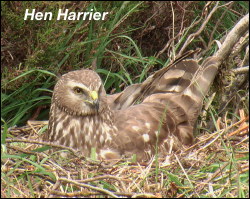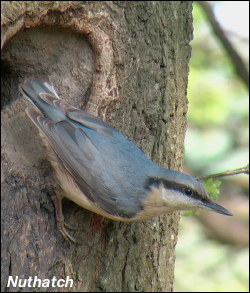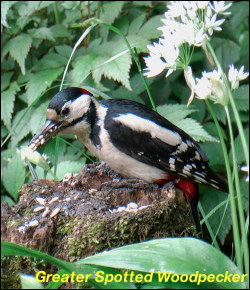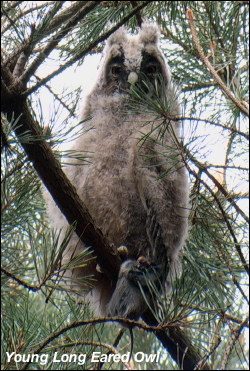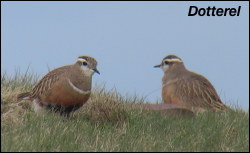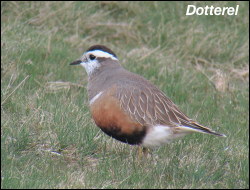A Unique Photo.
A final photo from Islay and one that may be unique. No bird book that I have ever seen shows a photograph of a Black Guillemot with its young. The reason is that they normally nest under boulders and out of reach of any cameras. This pair are unique and every year lay their eggs on an open edge allowing filming to take place.
Since returning home I have spent most of the week searching for Little Owls to film at the nest. Finally one hot afternoon it all came good and I managed to film young Little Owls being fed at the nest entrance before they fledged that night. There are other Little Owls out there but they take some finding and give nothing away as to where their nest sites are.
The weather this week has been phenomenal and I have spent four hours every day filming Kingfishers,waiting for their young to fledge from their nest tunnel. Did it happen? – see next week’s blog


